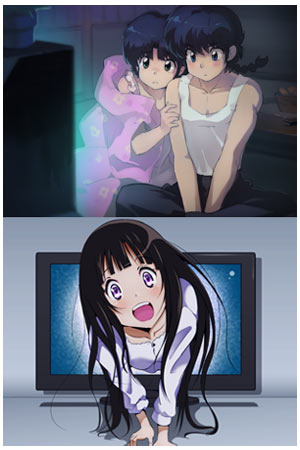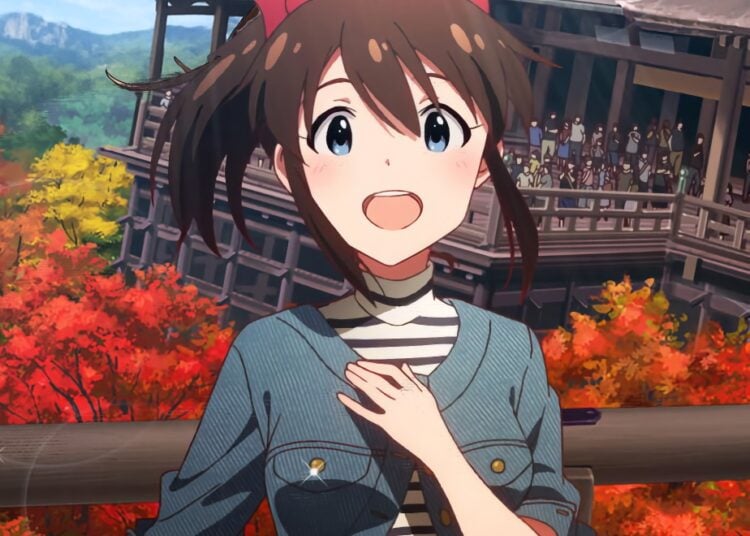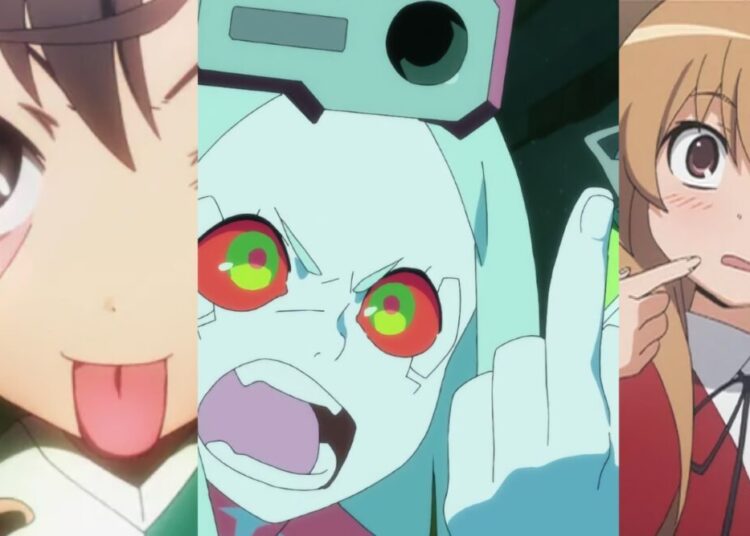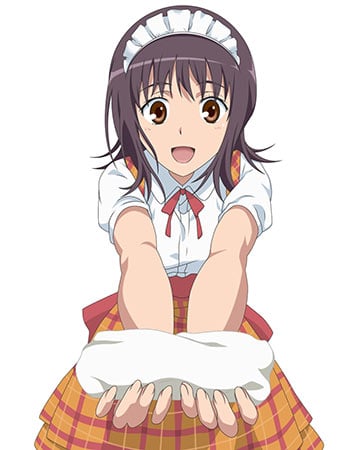The Japanese are big fans of television, and watch 2-6 hours of TV per day on average, depending on their age group. There are three categories of TV in Japan: public broadcasting by NHK, Japan’s clone of the BBC, which has no commercials; minkan or “civilian” broadcasts made by for-profit companies like Fuji TV or TBS; and pay channels like WOWOW or Fox Japan, viewed through “BS” (broadcast satellite) antennas or cable TV. Popular categories of programs include modern TV dramas from Japan and Korea, samurai period dramas, reality programs that follow the lives of families with an unusually high number of children (since there’s so rare here), and anime of course, which is usually shown at 2 am for some reason. There are also many variety programs that do random things like seeing how fast a go-cart can go propelled by PET bottles filled with pressurized carbonated water, and a fun show in which contestants who can’t answer trivia questions fast enough are dropped into a (CG-enhanced) abyss. As in most countries, the Japanese are experiencing テレビ離れ terebi-banare or the trend of moving away from watching so much television. My wife’s elderly parents leave the TV on all day in their liquor shop, while my son prefers the Internet and watches much less TV.

TV in Japan is random and entertaining.















